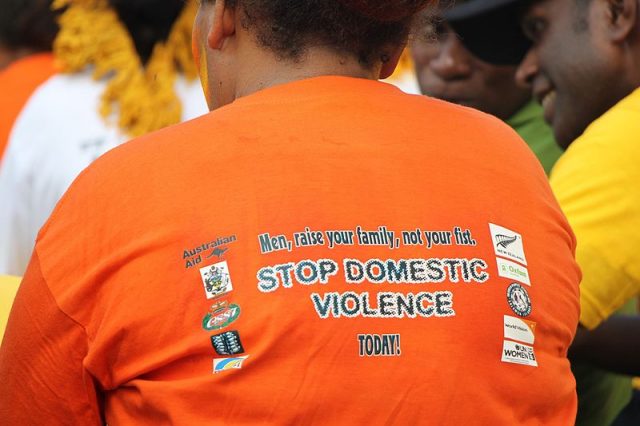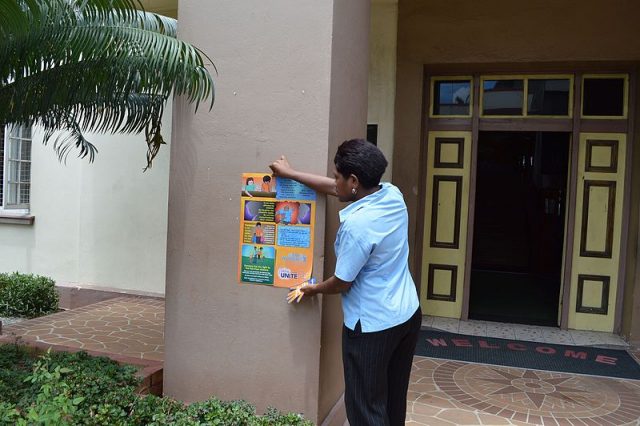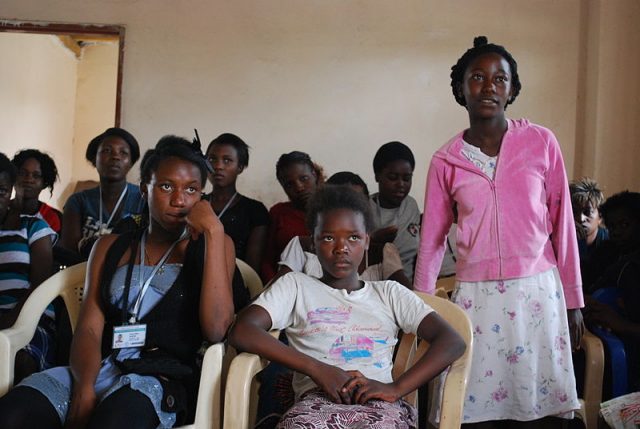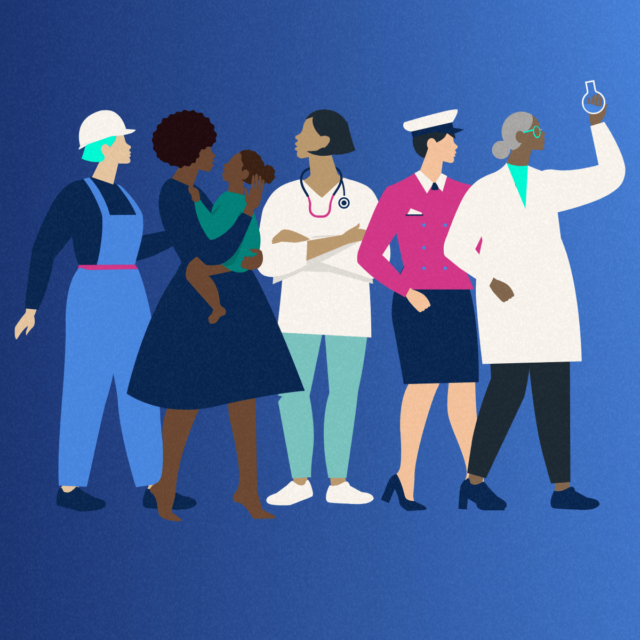This is a guest post by Mallary Taylor, ONE Policy Intern.
While many in the United States recognized November 25 as Black Friday, the day was also defined by another color: orange.
This year is the 25th anniversary of the UN’s official designation of the International Day for the Elimination of Violence against Women, which is celebrated annually on November 25. In recent years, the UN Secretary-General’s campaign, UNiTE to End Violence against Women, has celebrated the 25th of each month as Orange Day—a recurring opportunity to raise awareness and galvanize action to end violence against women and girls. As a “bright and optimistic” color, the UNiTE campaign selected orange as a way to symbolize a future without gender-based violence.
The date also marks the beginning of 16 Days of Activism Against Gender-Based Violence, which starts on International Day for the Elimination of Violence against Women and culminates with Human Rights Day on December 10, illustratively linking the two. In honor of the 16 Days of Activism, here are six reasons to commit to eliminating violence against women:
1. About 1 in 3 women have experienced some form of sexual or physical violence.
Around the world, approximately 35% of women have experienced physical and/or sexual intimate partner violence or non-partner sexual violence during their lifetime. Violence against women and girls can take many forms, such as human trafficking. There are an estimated 11.4 million women and girls trafficked worldwide, which comprises more than half of the 20.9 million people who are trapped in forced labor.
As an issue that affects a third of women around the world, the UN considers gender-based violence a global pandemic.
2. Violence among vulnerable groups occurs at even higher rates.
Data from the UN Statistics Division indicates that women face both higher levels of violence and additional forms of violence as a result of conflict situations and humanitarian crises. These additional forms include violence perpetrated by militia and police, which is often targeted at refugees.
Beyond the environmental context, research suggests that a woman’s sexual orientation, disability status, or ethnicity may put her at a heightened risk for experiencing violence. For example, in a study from the European Union, 23% of women who identified their sexual orientation as lesbian, bisexual, or other had experienced sexual violence by both male and female non-partners, compared to 5% of women who identified as heterosexual.

T-shirts printed by the 16 Days of Activism Organizing Committee. (Photo: UN Women/Marni Gilbert)
3. Ending violence against women and girls is a way to promote equality and advance human rights.
Perhaps most importantly, violence against women and girls is a human rights violation. Ending violence against women and girls is a critical step to extending human rights around the world, and for the creation of a just and equal society.
4. Eradicating gender-based violence is a way to improve global health.
According to a report by the World Health Organization, women who have been physically or sexually abused are 1.5 times more likely to have a sexually transmitted infection relative to women who haven’t experienced partner violence. Addressing gender-based violence is an important step in tackling other global health challenges like HIV.
In addition to physical health consequences, gender-based violence exacts a heavy psychological toll on victims. The experience of violence can lead to depression, post-traumatic stress disorder, eating disorders, and other poor mental health outcomes.

A library in Fiji displays UN Women knowledge products during the 16 Days of Activism. (Photo credit: UN Women)
5. Violence against women hurts the economy.
Violence against women and girls doesn’t just affect individual health– it also carries a significant economic burden. Violence against women and girls results in lost productivity and costs related to health care, law enforcement, and social protection services. In a study of nine countries, The World Bank estimated the cost of violence against women to be about 1-2% of GDP: or, for comparison, roughly the amount these governments spend on primary education.
6. Addressing violence against women is a way to advance the Sustainable Development Goals.
As the global development agenda adopted for the next 15 years, the Sustainable Development Goals represent a worldwide commitment to ending poverty, protecting the environment, and promoting peace and prosperity. Progress on many of the goals—including good health and well-being, gender equality, and reduced inequalities—could be achieved by ending gender-based violence. When women and girls are able to live healthy, safe lives free from violence, they are better able to participate in and contribute to their communities.

Girls in Zambia participating in the Adolescent Girls Empowerment Programme, an initiative that’s supporting 10,000 adolescent girls by using “safe spaces” in which girls meet weekly with a mentor – usually a young woman from the community – to build their self-esteem, confidence, and communication skills. (Photo credit: UK DFID)
Ready to take action to end violence against women? Here’s what you can do to help: Advocate for laws and institutional reforms that help women and girls affected by gender-based violence, and prevent it from happening in the first place. Violence against women will persist until we address the structural and institutional norms that perpetuate gender-based discrimination and stereotypes. While it is essential to address the needs of survivors, prevention is the only way to achieve the elimination of violence against women and girls.
Learn more about UNiTE to End Violence Against Women.



